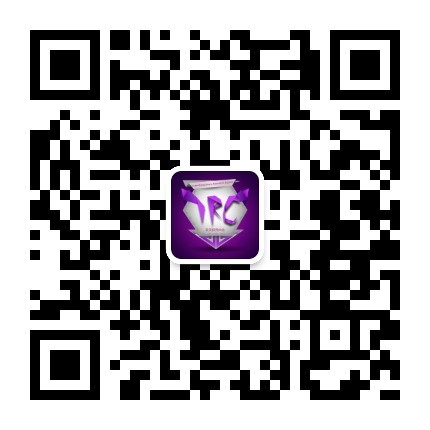I am Qiong Zeng, a fifth year PhD student. In the past four years, I wrote lots of e-mails, in Chinese or English, asking for codes or communicating with other researchers. E-mail plays a significant role in research collaboration, which connects you to the world and even the top-most researchers. I would like to share my e-mail writing experiences (English version) with you, especially in research collaboration.
Preparations
Can I use local mail, such as QQ mail?
In research communication, we suggest using Gmail or mails of your university or institution (e.g. **@sdu.edu.cn). Local mail is not so well-known to foreign researchers. It has higher possibilities to be considered as SPAM. I strongly suggest guys in our lab use Gmail.
Use a proper e-mail address
It is better to use a variation of your real name as your e-mail address, not a nickname or a random name. It will help other researchers remember your e-mail address, and send you an e-mail.

Use a proper e-mail address
Check your name displayed on e-mail
Sometimes, our e-mail name displayed on e-mail is in Chinese. Please do check this. Not all the foreigners have learned Chinese lessons.
Add a profile photo to your e-mail
It is easy for people to remember your name with a nice picture than just some English letters.
Check your name; Add a photo
Writing an E-mail
Use a short and accurate subject header
The subject header should cover the main idea of the e-mail, as concise as possible. People often firstly read the subject header and decide whether they will read the content or not. A nice subject header would seize your recipients’ attention and save their time. It makes your e-mail more charming.
Use a proper salutation
If you write to a stranger, it would be better to add his/her title before his/her name with a comma. For example, Dear Prof. Baoquan Chen. When you write e-mail to a collaborator or someone you communicate frequently, it is not proper to be so formal. You can just write: Hi/Hello Baoquan.
Go to your main idea directly
If it is your first time to write an e-mail to someone, remember to introduce yourself in the first paragraph, and then come to what you need. Please note that it is always better to firstly describe the main idea, and then go into details. Do not go into details at first, it will make your e-mail vague and rambling!
Go to your main idea directly
A nice ending will make your e-mail more beautiful
Do not be shy to describe your appreciations or your admiring. And also, a leave-taking is required, such as Yours, Best, Sincerely etc.
Attachment
Do not directly add an attachment on the e-mail especially when it is heavy. Because heavy attachment puts pressures on the receipts’ mailboxes. Instead, you can send others a download link. In research communication, we often use Dropbox to share files.
Effective communication
In research communication, it is avoidable to discuss problems or projects in e-mails. But sometimes it is hard to clearly describe your idea with only texts. Instead, usage of slides is a way to describe our ideas, with images, figures and videos. The advantage of slides is that other discussion group members can download them and add their comments on it (shown as the left below image). Also, you can use web pages for communication, which can presents images and videos and is easy to be read in mobile devices (shown as the right below image).
The last but not least
Please do remember sign your name at the end of the e-mail.
Best,
Qiong
Replying to an E-mail
Understand “Reply” and “Reply All”
When you communicate with more than 1 person and discuss about ideas or future works of a research project, it is better to select “Reply All”. But when you discuss with one person about technical details, it is better to “Reply” only to him/her.
Reply as soon as possible
This is a respect to your friends or collaborators. If you cannot reply in a certain time, please let him/her know that you will reply the e-mail later and explain why.
Conclusion
It is hard to cover all the etiquettes in research communication, and I am on the way to learn. But I think the basic rule we should follow is to consider from other people’s perspectives.
Before your write the e-mail, ask yourself what you can do to make this e-mail easier to be understood.
Before you finish writing the e-mail, do not save your appreciations and blessings.
Before you click “Send” button, do check your English grammar, your words, your sentences, your subject header and your signature.




